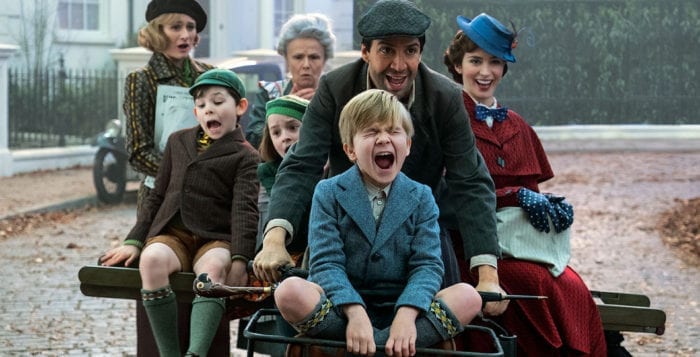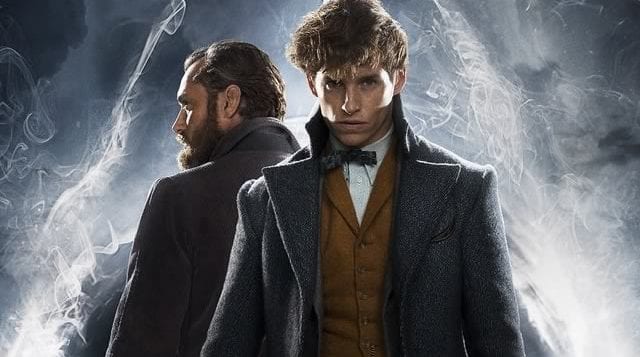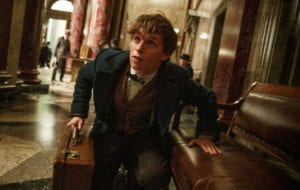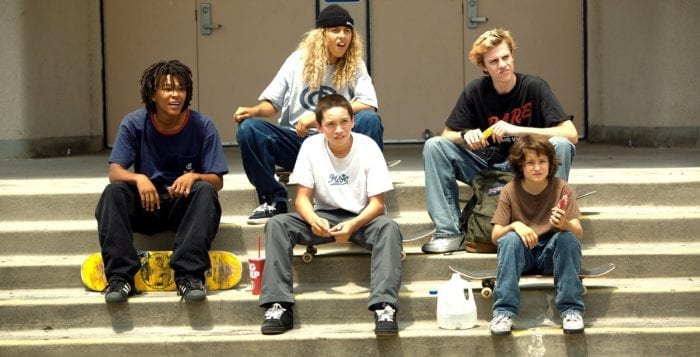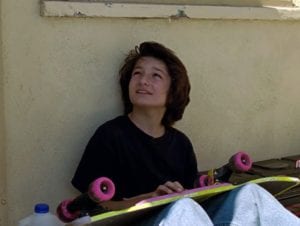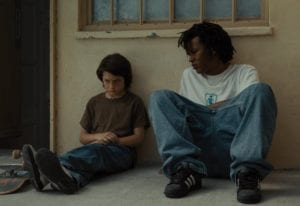By Jeffrey Sanzel
A film that aims to explore the pains of growing up, that endeavors to touch on love and loss, on sense of self and self-worth, takes on a huge challenge. That the movie aspires to a balance of humor and honesty makes it even more challenging. That an animated feature is told through the eyes and voices of toys seems impossible. However, as seen through the first three Toy Story movies, it is more than attainable. In a franchise that grew in both depth and art with each film, finding more laughter and more tears, it is the exception to every rule. The newest addition, Toy Story 4, is certainly one of the best films of the year.
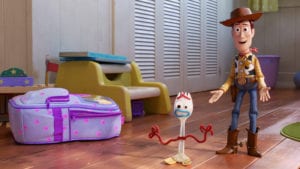
Here are 100 minutes of pure entertainment, alternating between laugh-out-loud funny and poignantly touching, in a film that never feels like a sequel. It plays on multiple levels, providing jokes and slapstick, clever asides and deep insights, so that audiences of any age will be completely engaged from start to finish.
Woody (the always marvelous Tom Hanks) now belongs to Bonnie (Madeleine McGraw) but has been put aside for cowboy Jessie (Joan Cusack). This does not change Woody’s mission to make sure Bonnie is taken care of at all times. When Bonnie reluctantly goes to kindergarten, she finds solace in creating Forky, crafting him from a spork, googly eyes and a pipe cleaner — an opportunity that Woody engineers. Forky becomes Bonnie’s obsession and solace. What she doesn’t realize is that Forky (a scene-stealing Tony Hale) does not want to be a toy. Eventually, guided by Woody, Forky learns his value.
Toy Story 4 is what we have come to expect in the series without ever feeling like it is a repeat of its earlier chapters. The movie includes a wild road trip, a dazzling carnival and a range of hijinks and colorful characters that make for a nonstop adventure.
Eventually, the crew is reunited with the now self-actualized Bo Peep (a sly and knowing Annie Potts) who has found freedom in being a “lost toy,” living a full life in what can only be labeled renegade and off the grid with a posse of like-minded toys. Much of the latter half of the film also centers around an antique shop, ruled by Gabby Gabby (a flawlessly wicked Christina Hendricks) and her minion of ventriloquist dummies. Gabby Gabby is, at first, the villain of the story; but there is much more to her and her journey.
The film features many returning voices including Tim Allen as Buzz Lightyear (comically learning to listen to his inner voice), Wallace Shawn as the neurotic Rex, John Ratzenberger as Hamm, Blake Clark as Slinky Dog, Estelle Harris as Mrs. Potato Head, Don Rickles as Mr. Potato Head (from archival recordings), Timothy Dalton as Mr. Pricklepants, Bonnie Hunt as Dolly and Carl Weathers in a terrific running joke as three different Combat Carls. All of them deliver incredibly enjoyable performances, mining the most of their individual and team moments.
Newcomers include Keegan-Michael Key as Ducky; Jordan Peele as Bunny, an outrageous plush pair; and Keanu Reeves as Duke Caboom, a second-rate Evel Knievel toy. There are wonderful cameos from Mel Brooks (Melephant Brooks), Carol Burnett (Chairol Burnett), Betty White (Bitey White) and Carl Reiner (Carl Reineroceros).
Josh Cooley, whose directorial credits include The Incredibles, Cars and Up, has beautifully guided the entire film. The excellent screenplay is by Stephany Folsom and Andrew Stanton (with a total of eight people credited with “story by”). The literally hundreds of artists who worked on the picture have contributed to an emotionally seamless and visually stunning whole.
If the ending doesn’t pack quite the emotional punch of Toy Story 3, it is still wholly satisfying, bringing to a close a classic and heartfelt odyssey. While perhaps not perfect, Toy Story 4 comes pretty close.
Rated G, Toy Story 4 is now playing in local theaters.

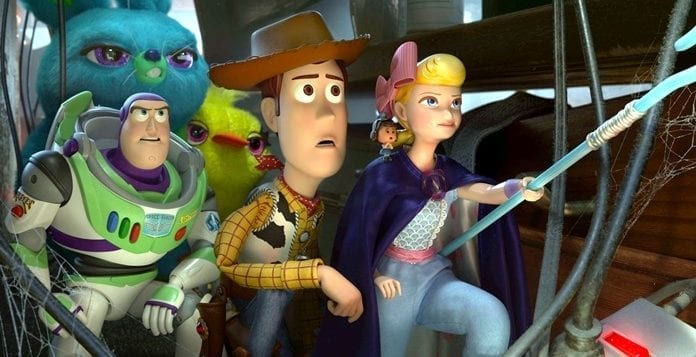
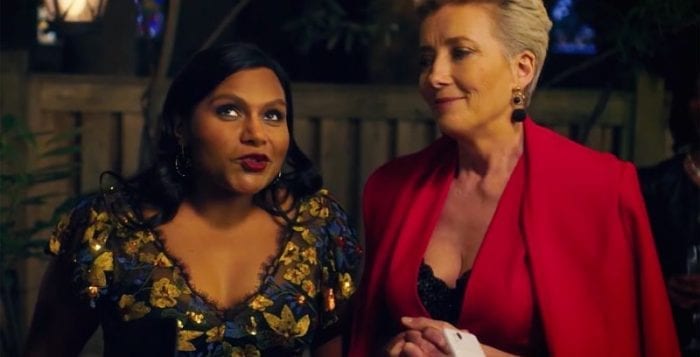


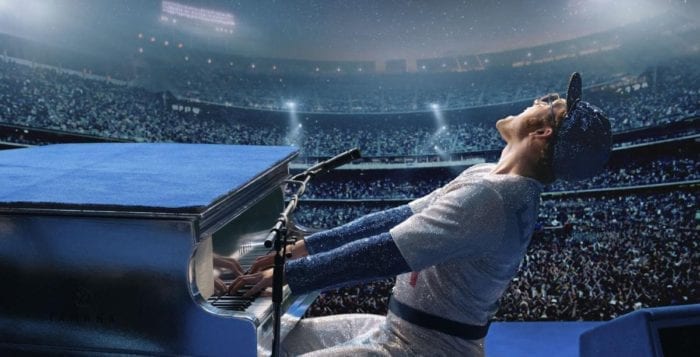

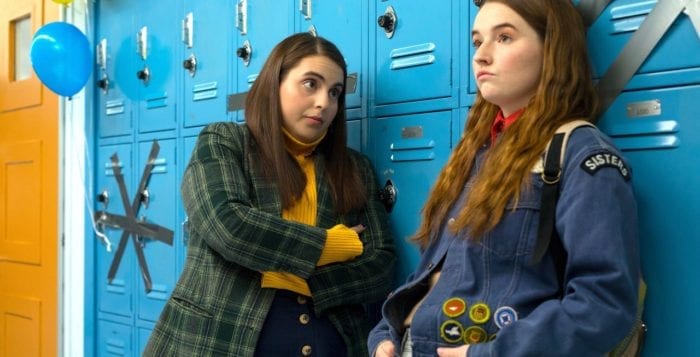
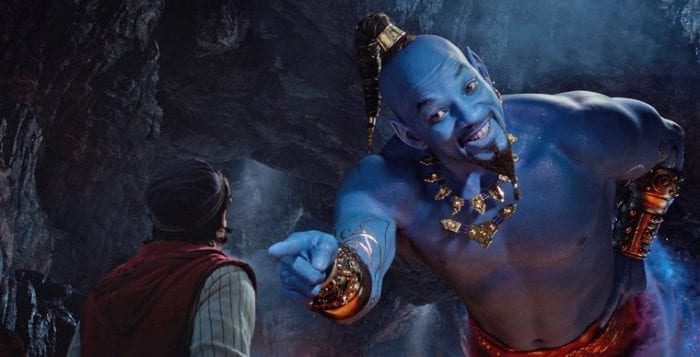
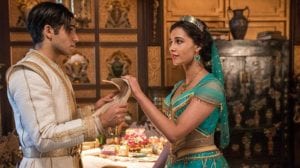
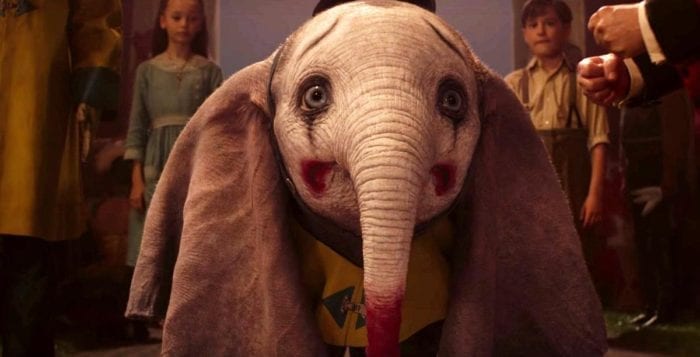
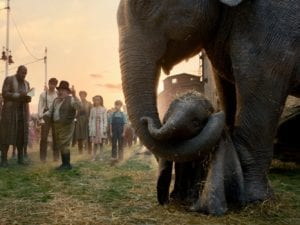 The story in both cases is that of the baby elephant, Jumbo Jr., a pachyderm born with giant ears. It is what makes him different that ultimately proves him special. These giant appendages give Jumbo Jr. — crowned Dumbo — the gift of flight. Ultimately, it is a tale of the “other” — a being ostracized for being different and then finding success, and, more importantly, joy in this distinction.
The story in both cases is that of the baby elephant, Jumbo Jr., a pachyderm born with giant ears. It is what makes him different that ultimately proves him special. These giant appendages give Jumbo Jr. — crowned Dumbo — the gift of flight. Ultimately, it is a tale of the “other” — a being ostracized for being different and then finding success, and, more importantly, joy in this distinction.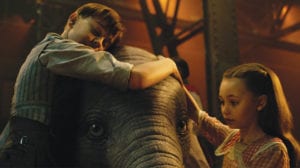 The story is set just after the end of World War I. Wounded soldier Holt (a brooding but sympathetic Colin Farrell) returns to a failing circus and to his children, Milly and Joe (Nico Parker and Finley Hobbins, in nicely understated performances). He has lost his arm to the war and his wife to influenza. The circus is run by a roguish charlatan, Max Medici (Danny DeVito, doing what he does and does well), and is populated by the expected archetypes — the mermaid, the strongman, the snake charmer, etc. Instead of pursing this world and background lives, Burton opts for broad strokes and frenetic action.
The story is set just after the end of World War I. Wounded soldier Holt (a brooding but sympathetic Colin Farrell) returns to a failing circus and to his children, Milly and Joe (Nico Parker and Finley Hobbins, in nicely understated performances). He has lost his arm to the war and his wife to influenza. The circus is run by a roguish charlatan, Max Medici (Danny DeVito, doing what he does and does well), and is populated by the expected archetypes — the mermaid, the strongman, the snake charmer, etc. Instead of pursing this world and background lives, Burton opts for broad strokes and frenetic action. While there are plenty of homages to the original (the lullaby “Baby Mine,” the pink elephants are particularly clever and a mouse in a uniform harkens to the antecedent’s sidekick), the film has a very modern point of view, especially on the issue of caging animals. It is an important message and one that needs to be heard, but rings oddly false in its period setting.
While there are plenty of homages to the original (the lullaby “Baby Mine,” the pink elephants are particularly clever and a mouse in a uniform harkens to the antecedent’s sidekick), the film has a very modern point of view, especially on the issue of caging animals. It is an important message and one that needs to be heard, but rings oddly false in its period setting. 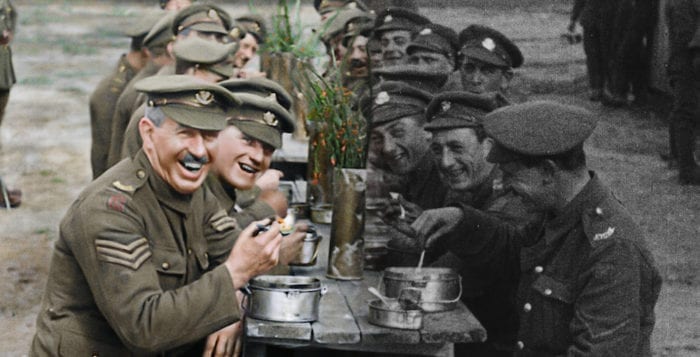
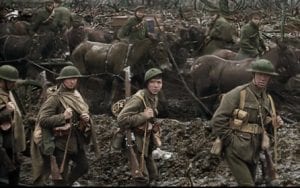 Jackson chose to focus on the daily lives of British foot soldiers who had been sent to the Western Front – from their experience at boot camp to being shipped to France and living in the trenches, to a few days of rest and then off to the front lines where they are told to hand over any personal effects to their officers before heading off into no man’s land.
Jackson chose to focus on the daily lives of British foot soldiers who had been sent to the Western Front – from their experience at boot camp to being shipped to France and living in the trenches, to a few days of rest and then off to the front lines where they are told to hand over any personal effects to their officers before heading off into no man’s land. The stunning effect was achieved using digital technology, researching uniforms and locations, recruiting forensic lip-readers who studied the original film, and actors who then voiced the parts in various dialects. “Smile! You’re in the pictures,” one man tells his mates as he points excitedly to the camera.
The stunning effect was achieved using digital technology, researching uniforms and locations, recruiting forensic lip-readers who studied the original film, and actors who then voiced the parts in various dialects. “Smile! You’re in the pictures,” one man tells his mates as he points excitedly to the camera.